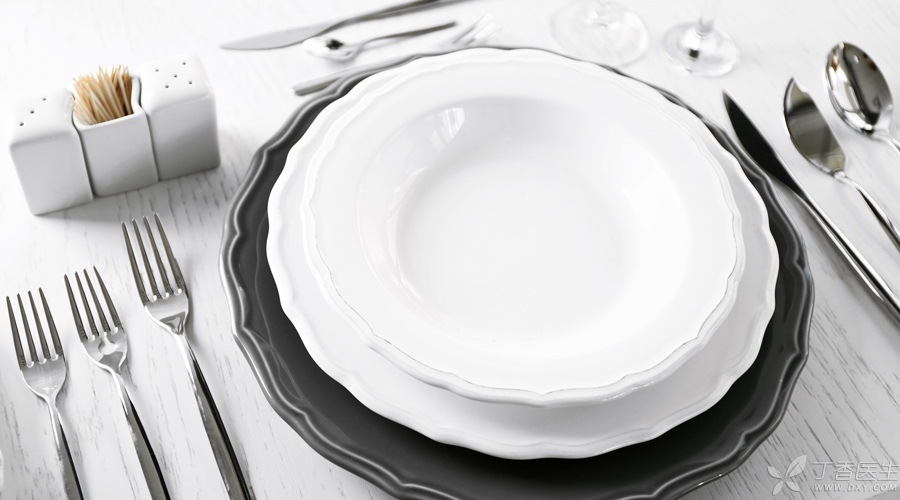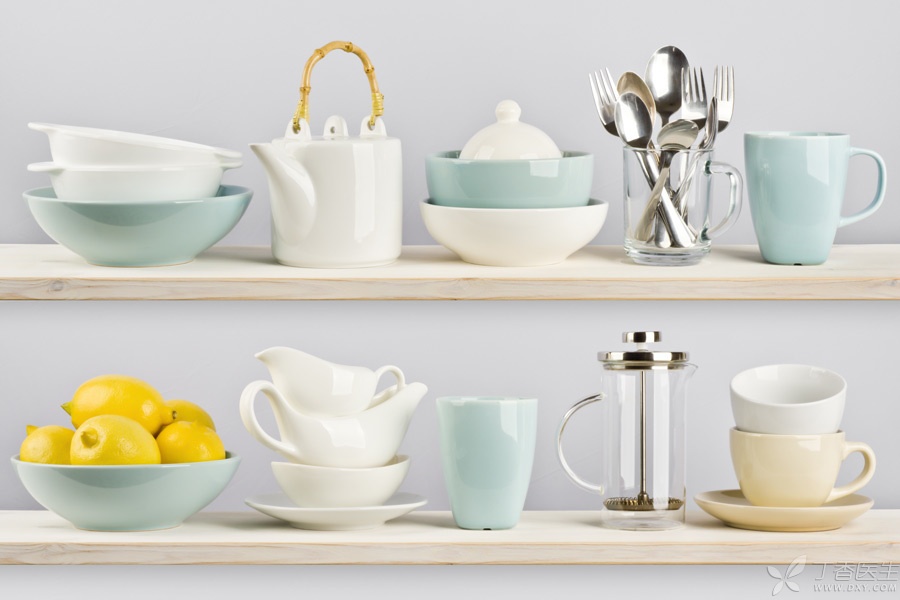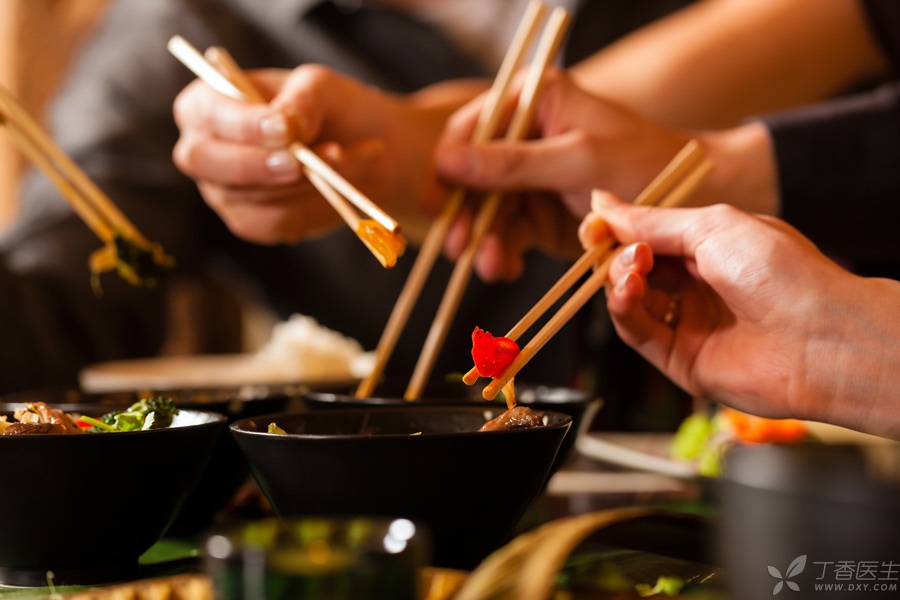
Many people use hot tea or hot water to scald the tableware when eating out, hoping to sterilize and clean it.
Especially for Cantonese, [boiling water scalding bowls] can almost be said to be a ceremony before eating.
Apart from the sense of ceremony, is this boiling water really useful?
Hot water scalds bowls and cannot sterilize them.
Indeed, if tableware is not fully cleaned and sterilized, or there is secondary pollution after cleaning and sterilization, then there may be some pathogenic bacteria.
To kill bacteria by heating, generally speaking, it takes at least 70 to 80 degrees and keeps it for several minutes.
Under normal circumstances, the hot tea and hot water provided by the restaurant is 70 to 80 degrees. When poured into the cool tableware, the temperature immediately drops, usually to 50 to 60 degrees. For bacteria, there is no what lethality.
Of course, if you rinse the tableware with water, some bacteria will run into the water and be poured out. This has nothing to do with whether the water is hot or not. It is simply cleaning.
In short, when eating in a restaurant, washing the tableware with tea or hot water has no harm in what, but don’t expect to have obvious disinfection and sterilization effect.

Is plastic wrapped tableware safer?
Many people have found that many restaurants now use plastic packaged tableware.
This is a centralized way to clean and disinfect tableware:
The restaurant sends the used tableware to the tableware cleaning enterprise. After they clean and disinfect it, they wrap it in plastic film and then send it back to the restaurant for use.
In theory, this can make tableware more hygienic. This is because:
Tableware cleaning enterprises can establish a perfect, professional cleaning and disinfection process. For example, after cleaning, generally use steam, boiling and other methods to fully sterilize, or use appropriate disinfectants to standardize disinfection. Because of concentration and scale, government supervision is relatively easy.
Generally speaking, the open tableware is cleaned by the restaurant itself, while the tableware packaged with plastic film is cleaned centrally. In theory, the tableware cleaned centrally is more sanitary than the tableware cleaned by oneself.
However, whether the reality conforms to the theory depends on whether tableware cleaning and disinfection enterprises operate in a standardized way-which consumers cannot know.
Speaking of which, you may also understand that for consumers:
The reliable way to ensure tableware hygiene is probably to choose reliable restaurants.
- For reliable restaurants, cleaning by oneself can also ensure tableware hygiene. For unreliable restaurants, centralized cleaning can also choose unreliable enterprises.
The hygiene of tableware needs to be guaranteed by the restaurant.
The basic requirement for restaurant operation is hygiene, and the cleanliness of tableware is part of it.
In reality, tableware hygiene is guaranteed by good operating standards:
There are standard industry guidelines on how to clean, disinfect and dry tableware. In large restaurants with standard management, there are detailed operation procedures for what detergent, what temperature water, what disinfectant, and how long to treat.
As long as the operation is in accordance with the standard, the hygiene of tableware can be guaranteed.
However, small restaurants, roadside stalls and other dining places are often blind areas of supervision.
The cleaning of tableware can only refer to the practice of the family kitchen. Whether it can be cleaned carefully depends on the vendor’s [morality].
However, this kind of [fly restaurant] is more likely to have problems with the food itself. In contrast, the problem of tableware is rather trivial.

Food safety is more important.
You know, compared with the safety and hygiene of food itself, the risk of tableware is much smaller.
The reproduction of bacteria requires water and nutrients. The tableware in restaurants, if not washed and used now, is usually dried.
In other words, the tableware lacks water and nutrients and is not suitable for bacteria growth. If there are a large number of bacteria on the tableware of a restaurant, the hygiene condition of the produced food will be [extremely frightening].
If you are not at ease with tableware, washing with tea or hot water is more of a psychological comfort than nothing.
There are also some so-called [tableware disinfection wet wipes] on the market, which claim to be very effective in disinfection. Disinfection is not difficult to do, the trouble is that after wiping tableware with it, there will be disinfectant residue, which may have safety risks.
Dr. Clove’s advice is:
When eating out, instead of worrying about how to stir up tableware, it is better to spend your mind on choosing restaurants.
- If the environment and staff of a restaurant look clean and sanitary, and the hygiene rating is at least above B, then the possibility of tableware problems is very small. If the restaurant environment looks dirty and messy, and the hygiene rating is only C, then whether the tableware is hygienic is not worth tangling with.
